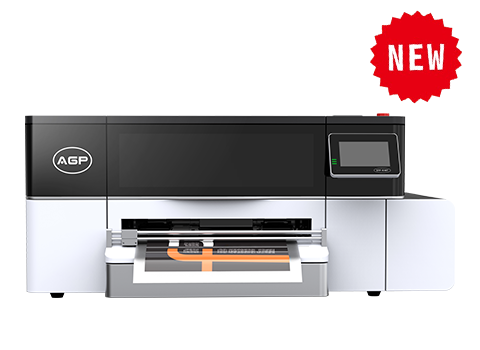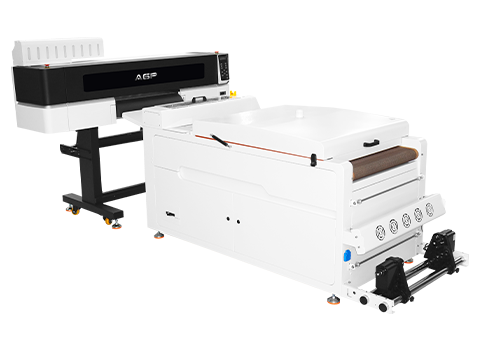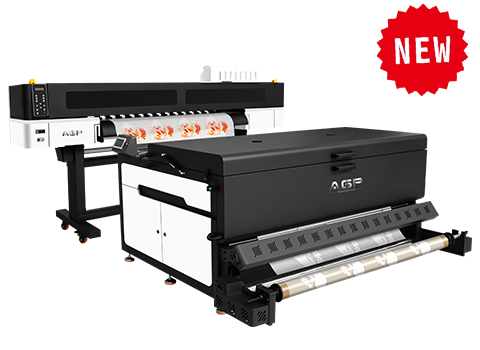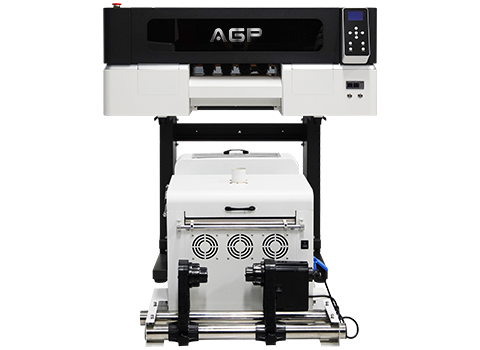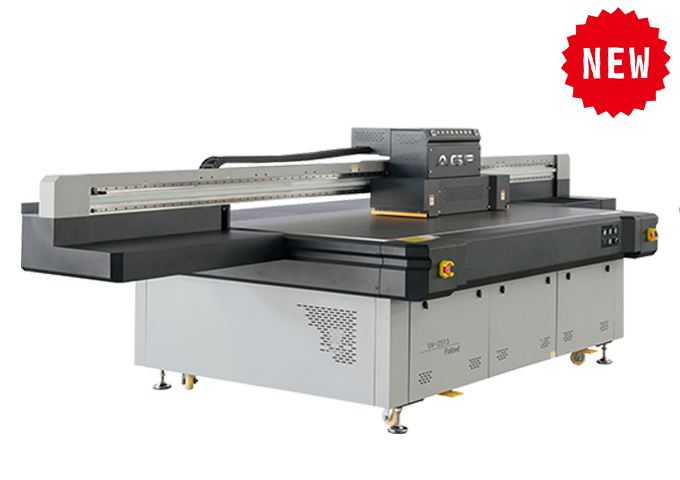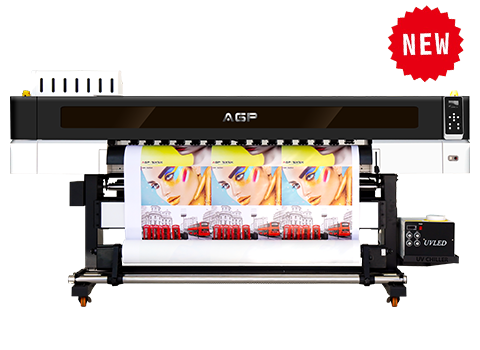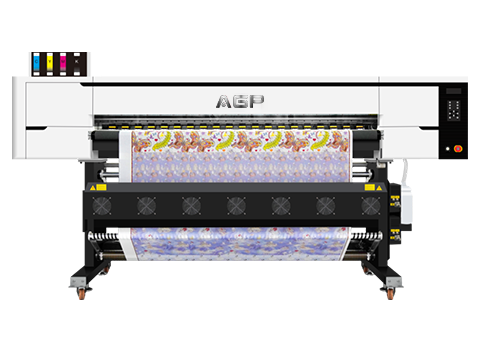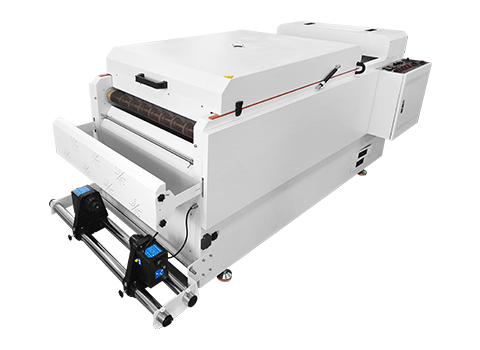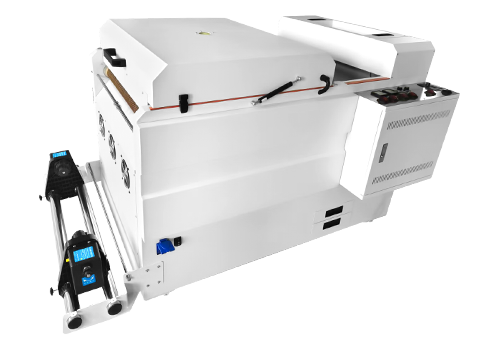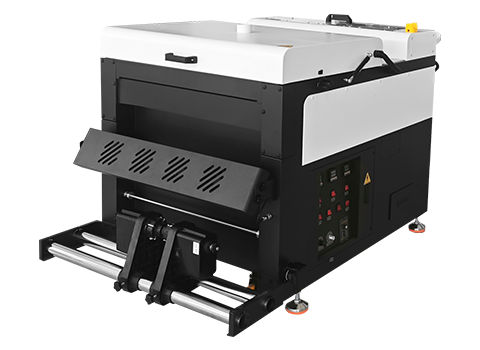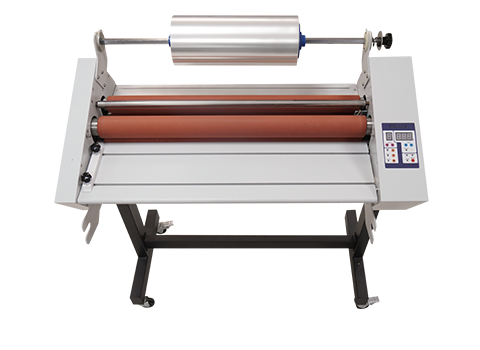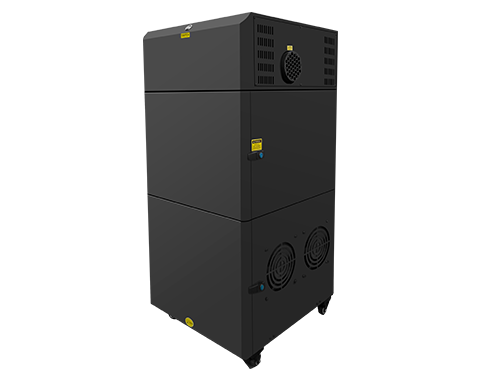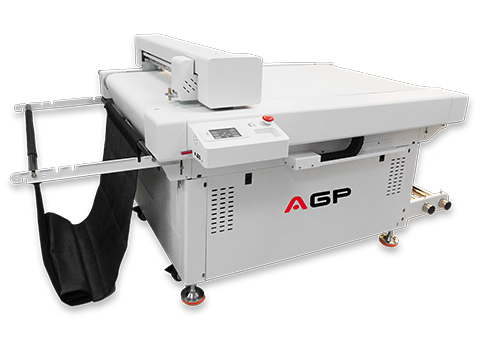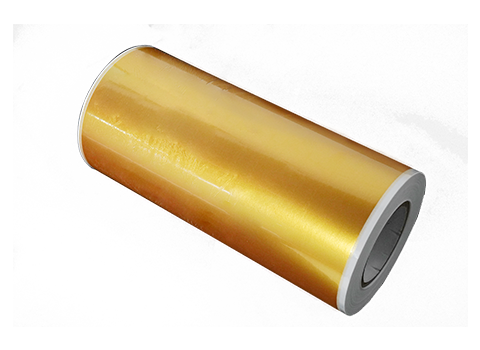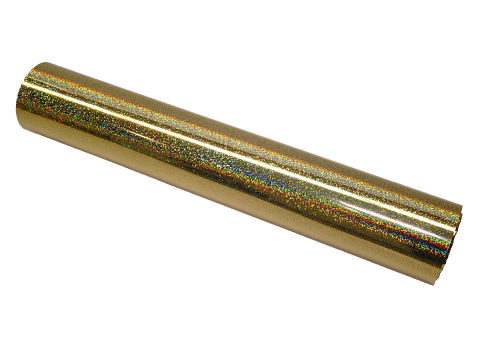Blog
-
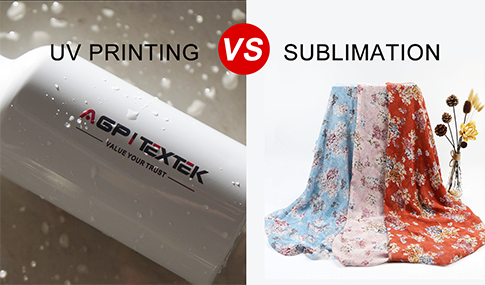 Sublimation VS UV Printing: Which is right for you?Choosing the right printing technology is critical to your business. Sublimation and UV printing are two common printing methods, each with its own unique advantages and applications. This article will explore these two printing techniques to help you determine which is best for you.Learn More2024-06-05
Sublimation VS UV Printing: Which is right for you?Choosing the right printing technology is critical to your business. Sublimation and UV printing are two common printing methods, each with its own unique advantages and applications. This article will explore these two printing techniques to help you determine which is best for you.Learn More2024-06-05 -
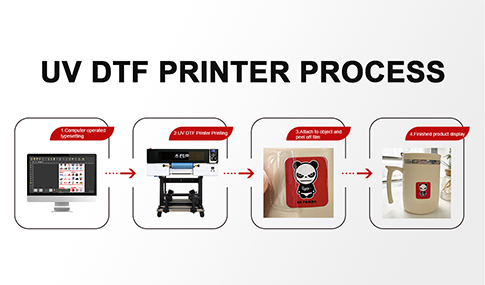 What do UV printers need to do to prepare before printing?Did you know that UV printers in the printing industry have been hailed as a "magic printer"? UV printers in the printing industry have been touted as a "magic bullet", but before they can be printed on a large scale, they have to go through the process of pre-press testing and proofing. Why is this process so important? In short, UV printer pre-press proofing is the bridge between pre-press production and actual printing. It allows customers to foresee the final effect before printing, giving them the opportunity to make adjustments to avoid customer dissatisfaction after printing. This saves time and energy!Learn More2024-05-16
What do UV printers need to do to prepare before printing?Did you know that UV printers in the printing industry have been hailed as a "magic printer"? UV printers in the printing industry have been touted as a "magic bullet", but before they can be printed on a large scale, they have to go through the process of pre-press testing and proofing. Why is this process so important? In short, UV printer pre-press proofing is the bridge between pre-press production and actual printing. It allows customers to foresee the final effect before printing, giving them the opportunity to make adjustments to avoid customer dissatisfaction after printing. This saves time and energy!Learn More2024-05-16 -
 Did you choose the right one? Guide to DTF Transfer Hot Melt PowdersThe right hot melt powder is crucial for a successful DTF transfer. Hot melt powder improves the adhesion, durability, feel, and heat transfer effect of the pattern. Understanding the characteristics of hot melt powder and choosing the most suitable type can ensure your DTF transfer works well. This guide should help you understand and use hot melt powder better.Learn More2024-05-15
Did you choose the right one? Guide to DTF Transfer Hot Melt PowdersThe right hot melt powder is crucial for a successful DTF transfer. Hot melt powder improves the adhesion, durability, feel, and heat transfer effect of the pattern. Understanding the characteristics of hot melt powder and choosing the most suitable type can ensure your DTF transfer works well. This guide should help you understand and use hot melt powder better.Learn More2024-05-15 -
 Have you heard about the amazing UV temperature change film?Have you ever heard of UV temperature change film? It's a pretty amazing material that's gaining a lot of attention in the fashion and tech world. This innovative technology allows products to look totally different at different temperatures by printing a layer of temperature-sensitive ink on the surface. It's opening up a whole new world of possibilities for packaging designers!Learn More2024-05-08
Have you heard about the amazing UV temperature change film?Have you ever heard of UV temperature change film? It's a pretty amazing material that's gaining a lot of attention in the fashion and tech world. This innovative technology allows products to look totally different at different temperatures by printing a layer of temperature-sensitive ink on the surface. It's opening up a whole new world of possibilities for packaging designers!Learn More2024-05-08 -
 Next-Level Printing---AGP DTF Powderless Transfer Solution!!!Sublimation digital printing technology has always played a key role in the field of polyester fabric digital printing, providing a convenient and fast short process digital printing program for various industries. However, digital printing technology for cotton fabrics and blended fabrics has been a major problem in the industry. In 2020, the "Direct Film Transfer" program, the first of its kind in China, came into being, bringing a brand new solution for digital printing on various fabrics and injecting new vitality into the development of the industry. China's original digital printing technology is spreading globally, bringing a new revolution of short-process, waterless digital printing to various industries.Learn More2024-04-23
Next-Level Printing---AGP DTF Powderless Transfer Solution!!!Sublimation digital printing technology has always played a key role in the field of polyester fabric digital printing, providing a convenient and fast short process digital printing program for various industries. However, digital printing technology for cotton fabrics and blended fabrics has been a major problem in the industry. In 2020, the "Direct Film Transfer" program, the first of its kind in China, came into being, bringing a brand new solution for digital printing on various fabrics and injecting new vitality into the development of the industry. China's original digital printing technology is spreading globally, bringing a new revolution of short-process, waterless digital printing to various industries.Learn More2024-04-23 -
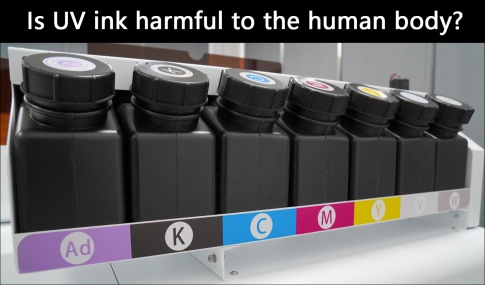 Is UV ink harmful to the human body?Discover how chemicals in UV ink can affect operators and how to improve hygiene conditions and printing quality. Find out about protective measures and potential safety hazards, as well as the significance of air circulation for UV printing environments.Learn More2024-04-16
Is UV ink harmful to the human body?Discover how chemicals in UV ink can affect operators and how to improve hygiene conditions and printing quality. Find out about protective measures and potential safety hazards, as well as the significance of air circulation for UV printing environments.Learn More2024-04-16

